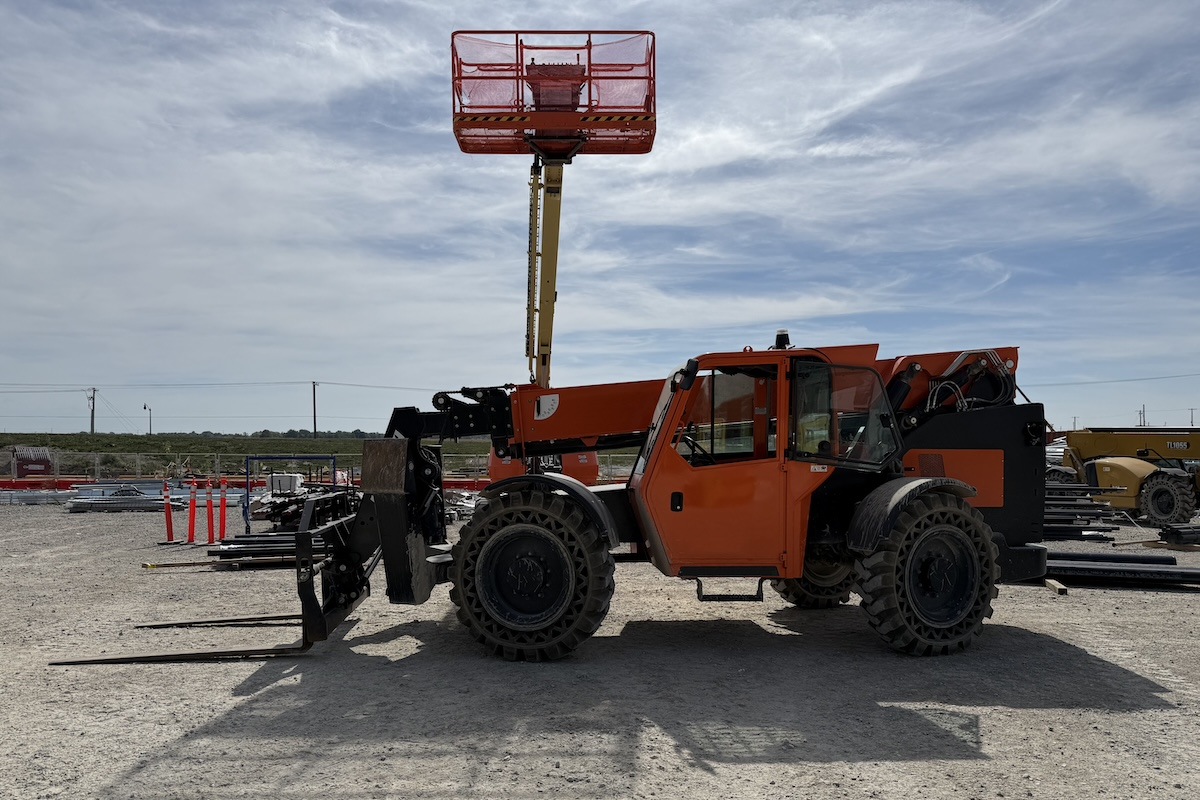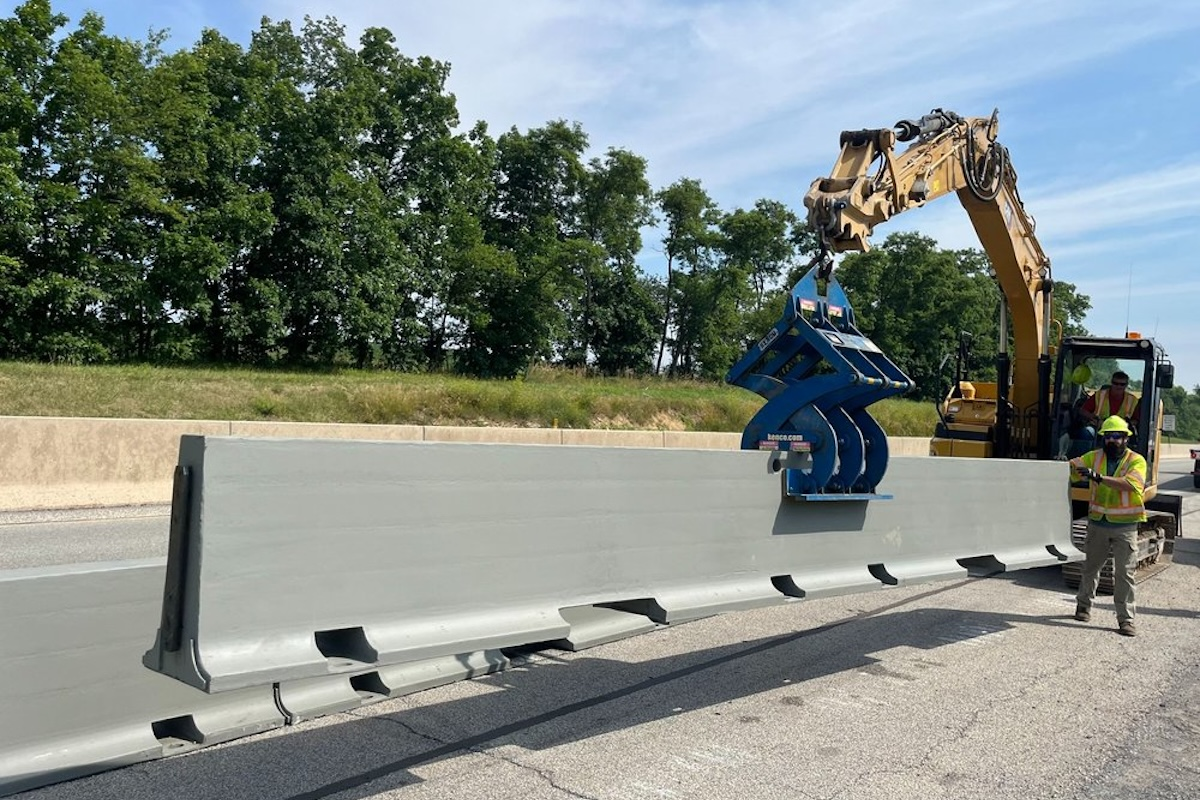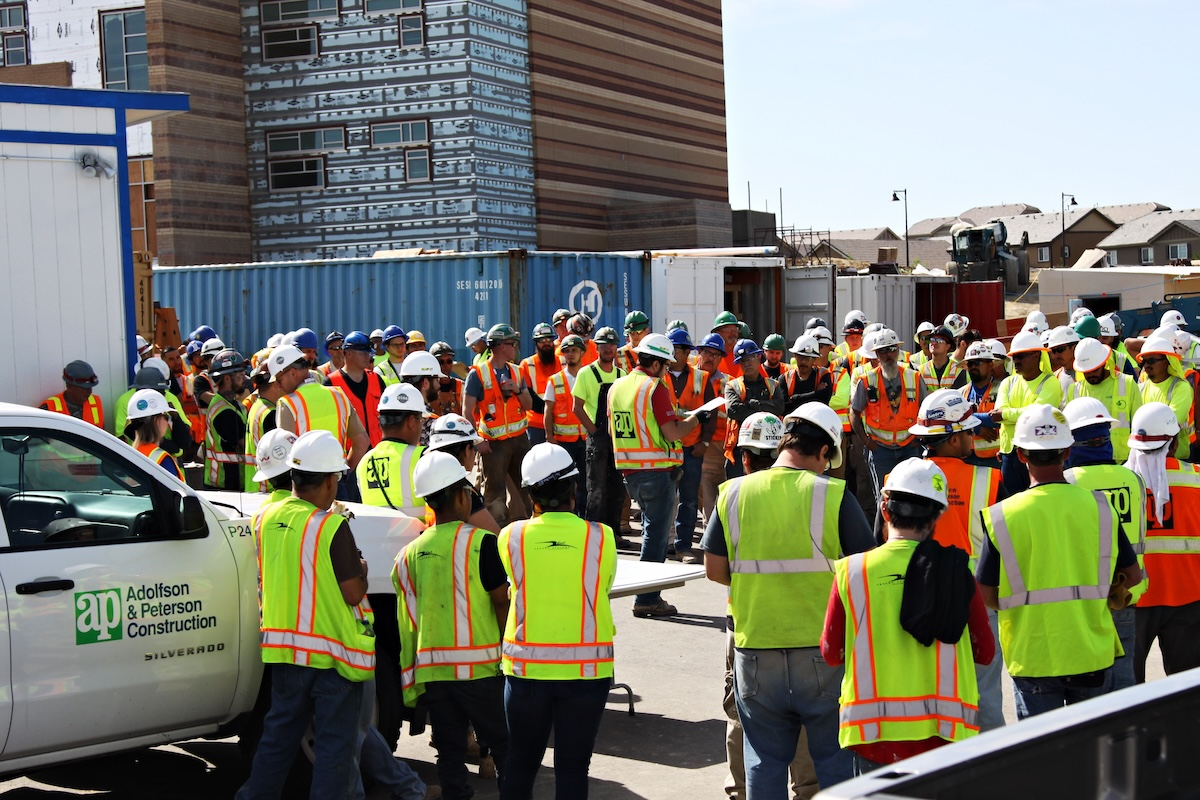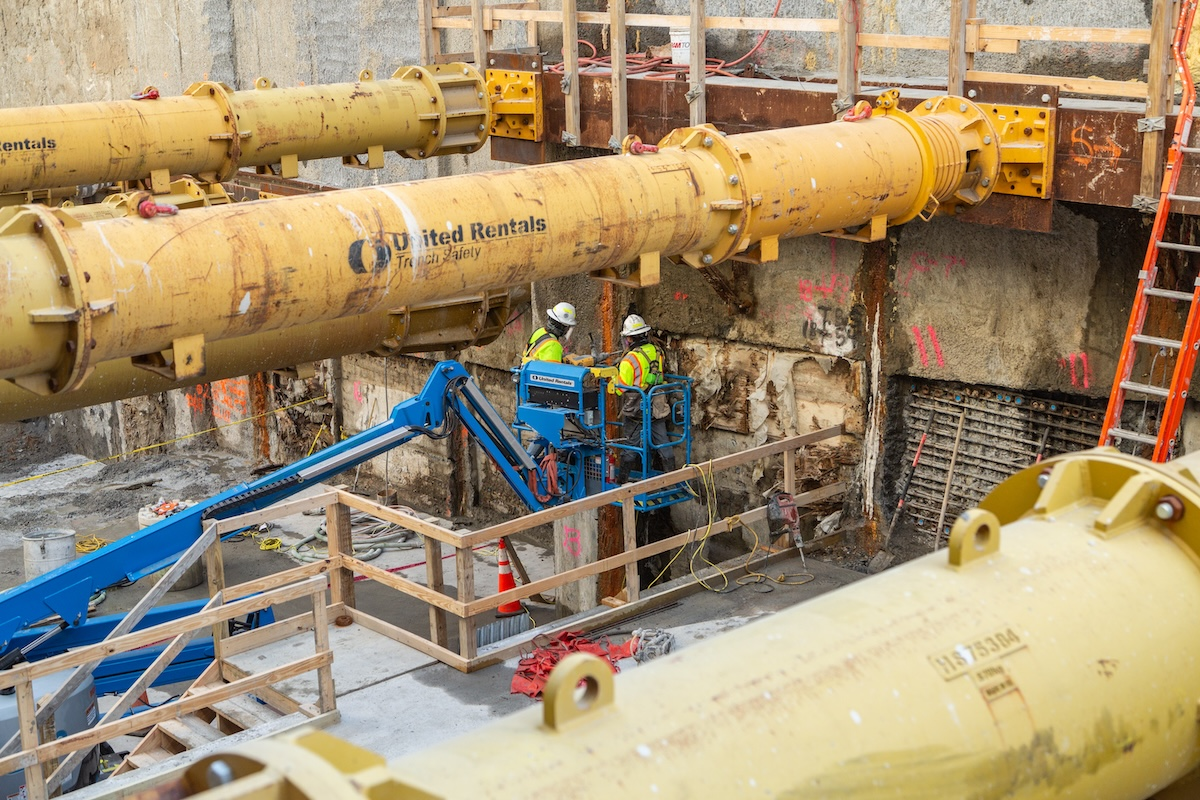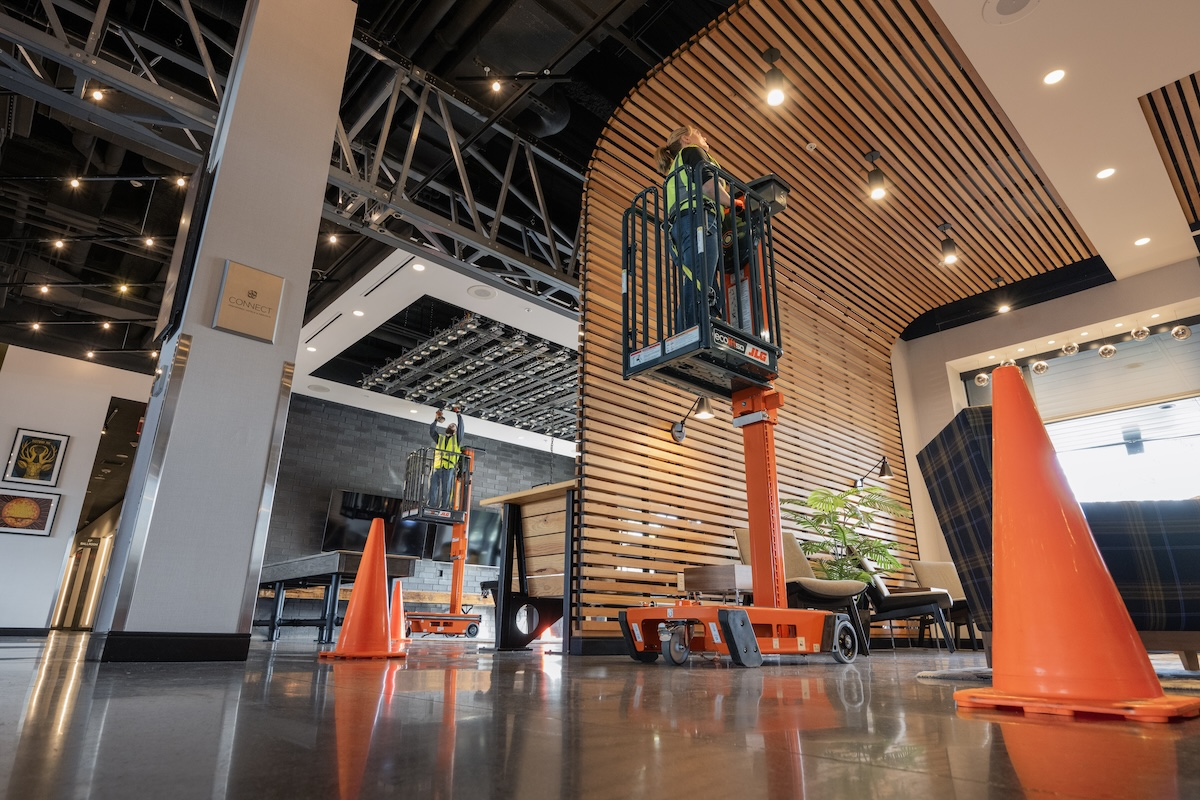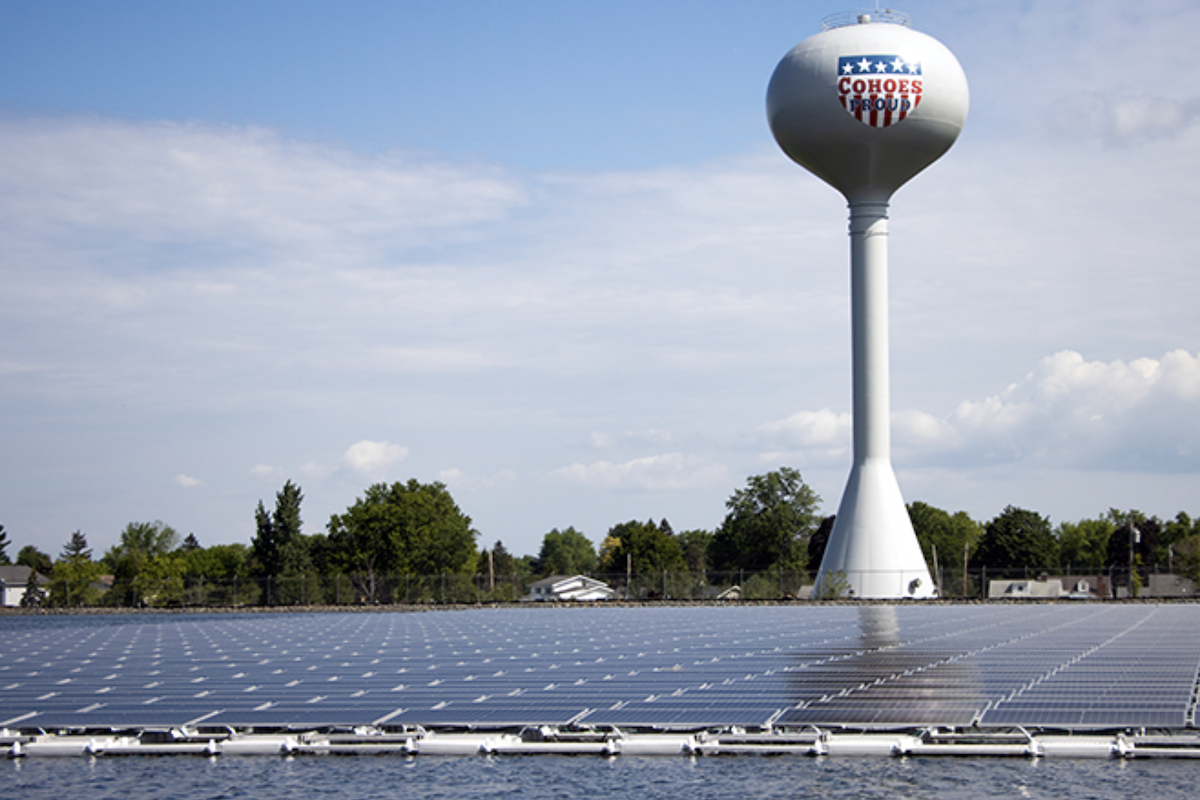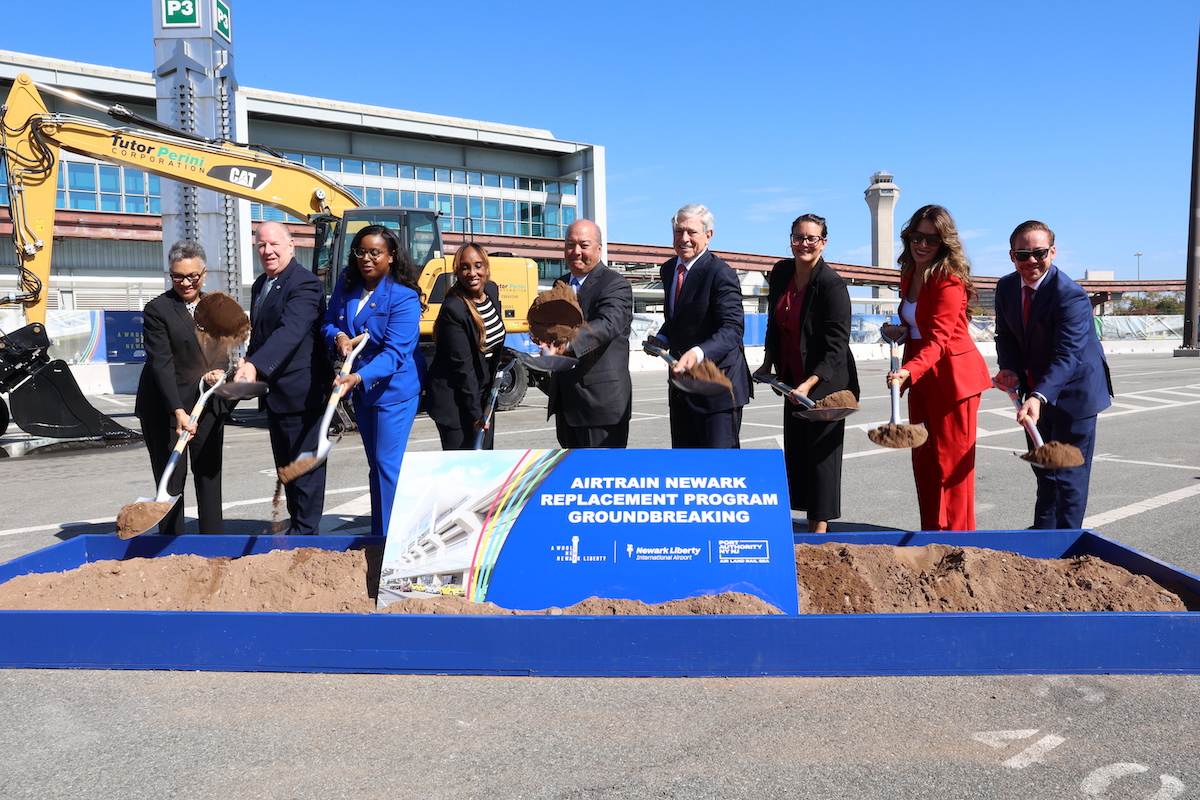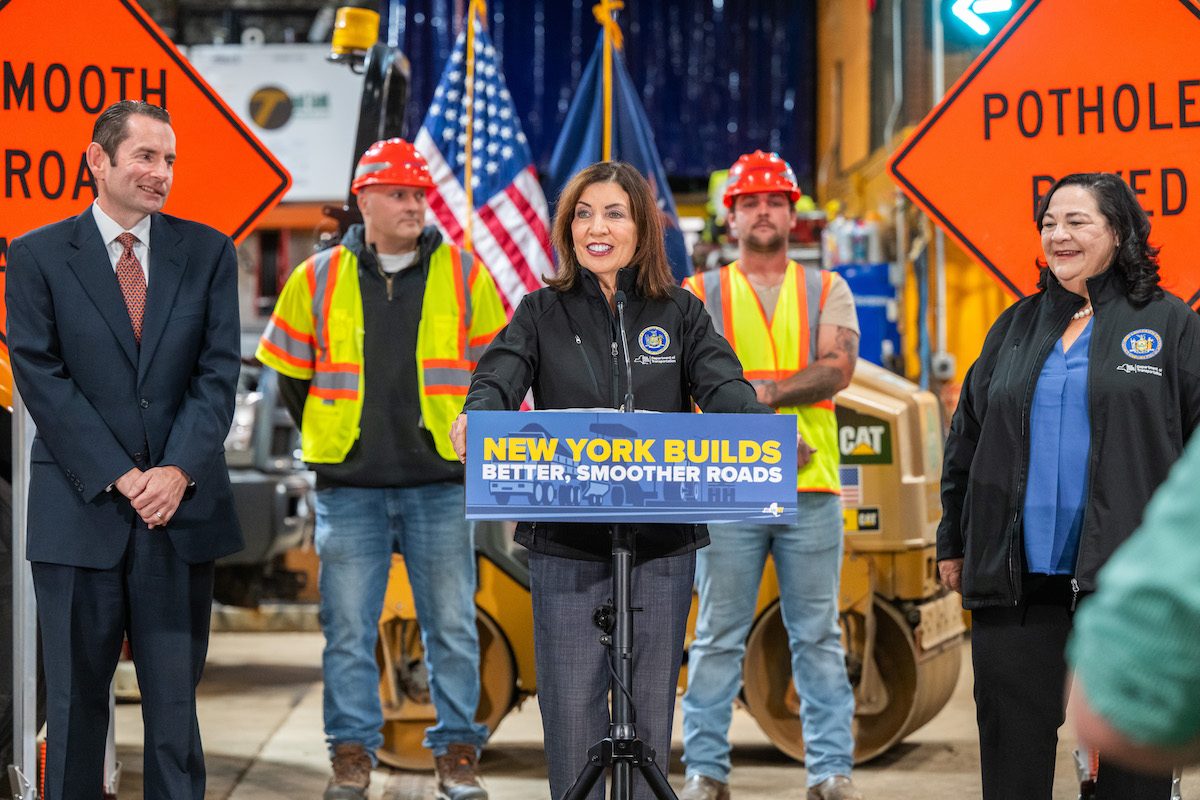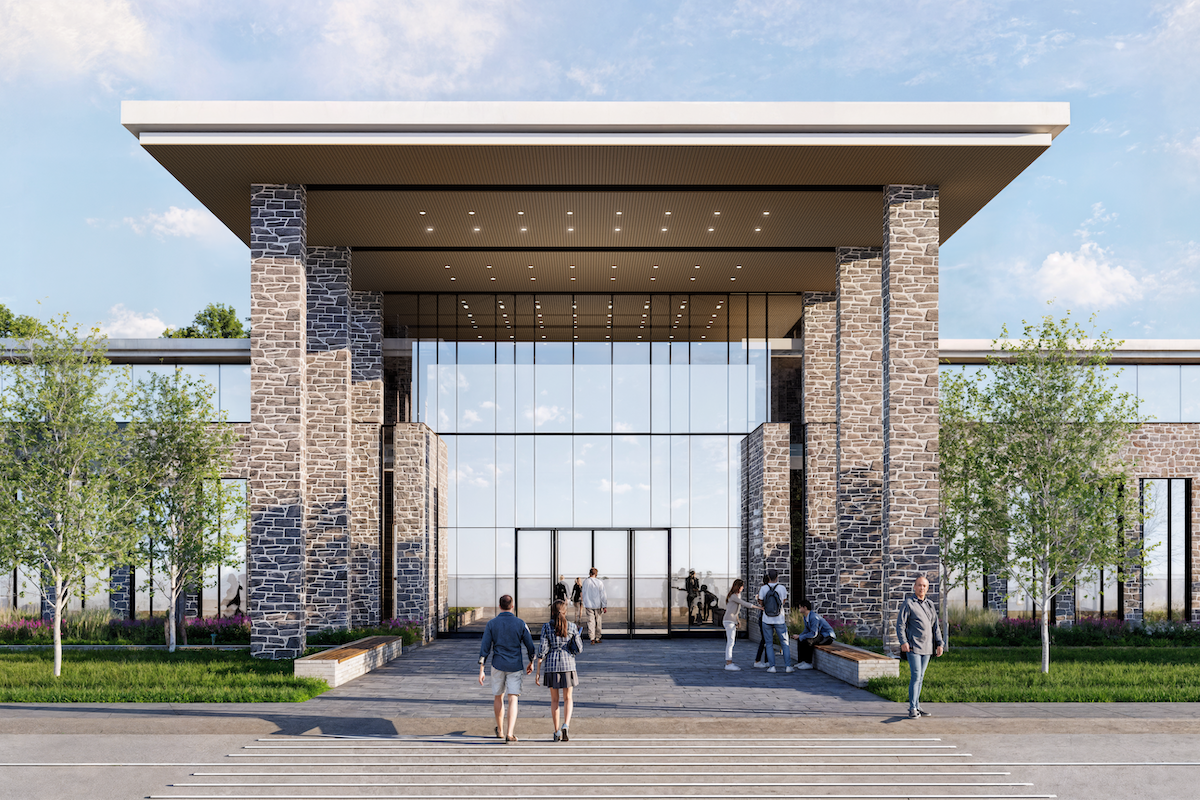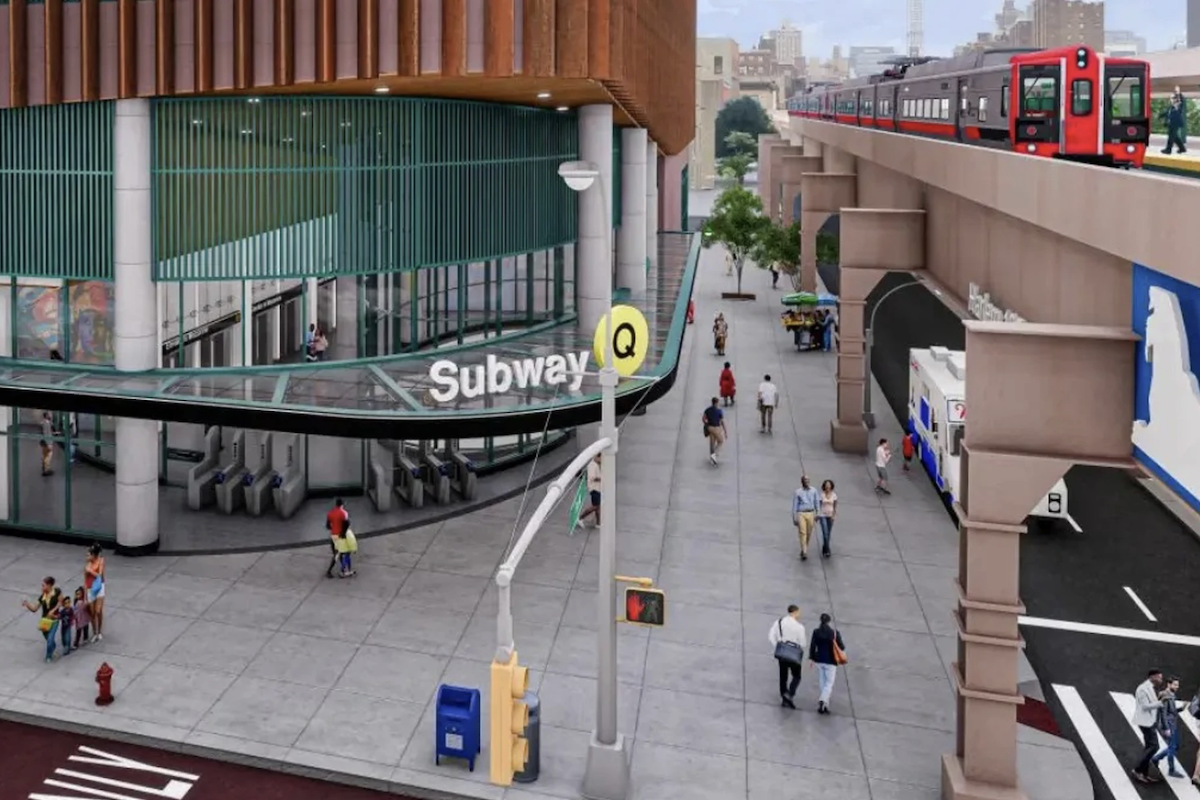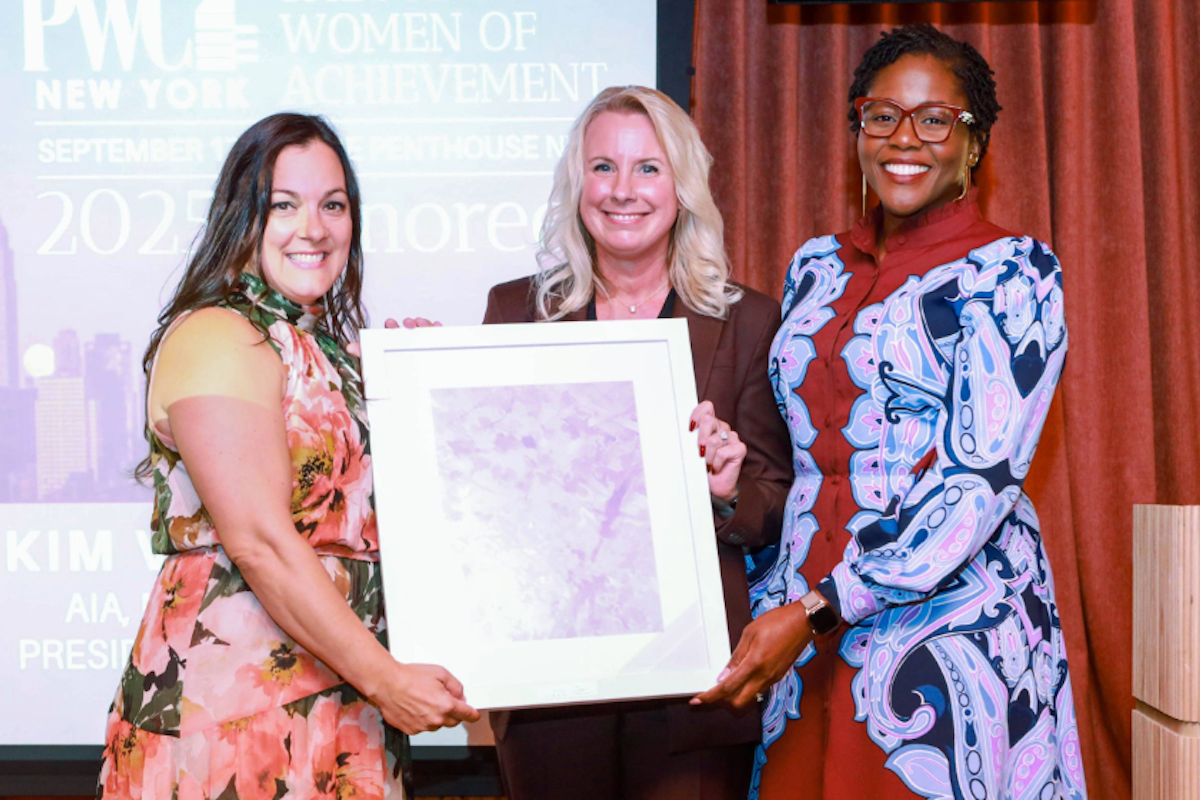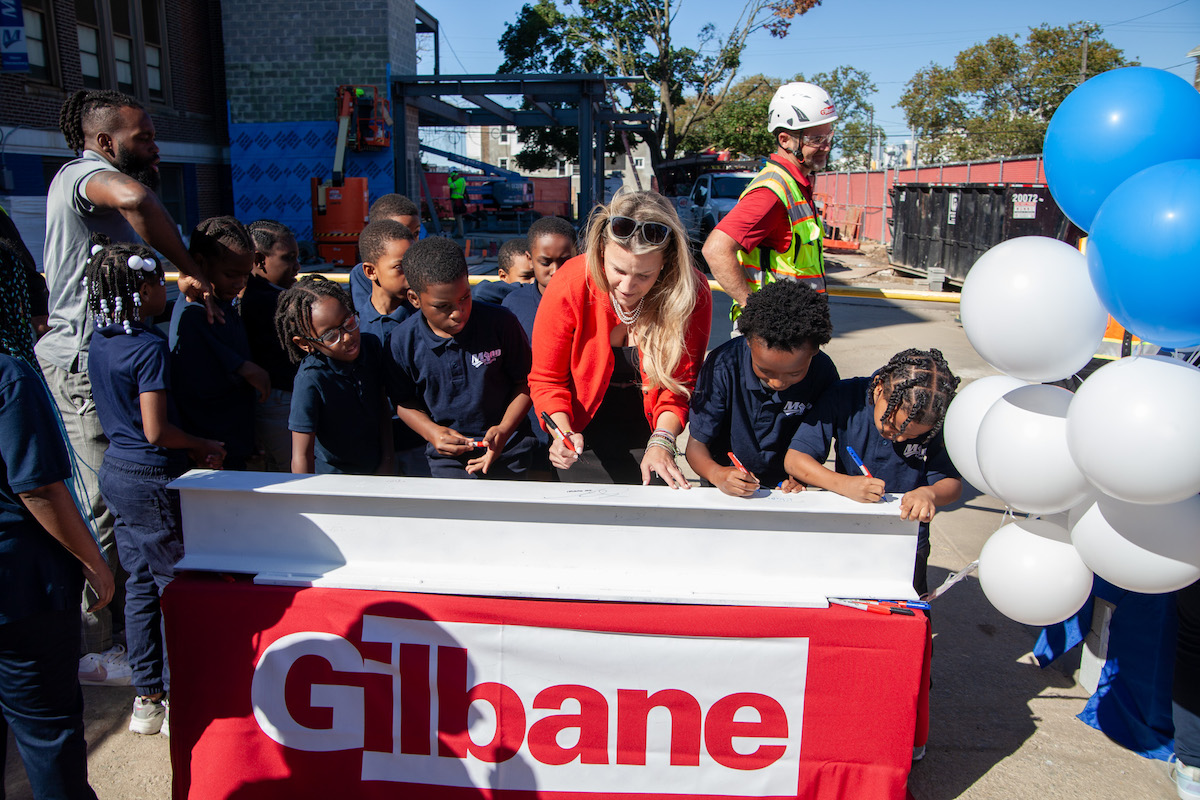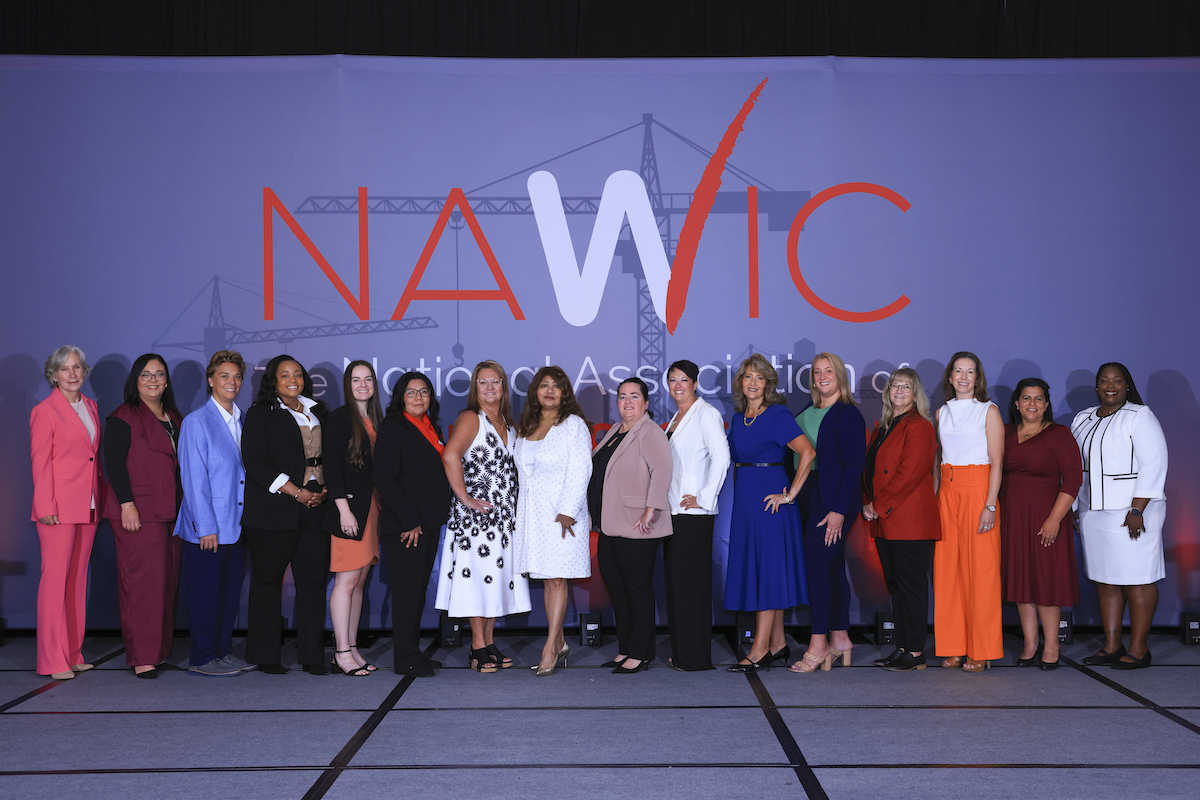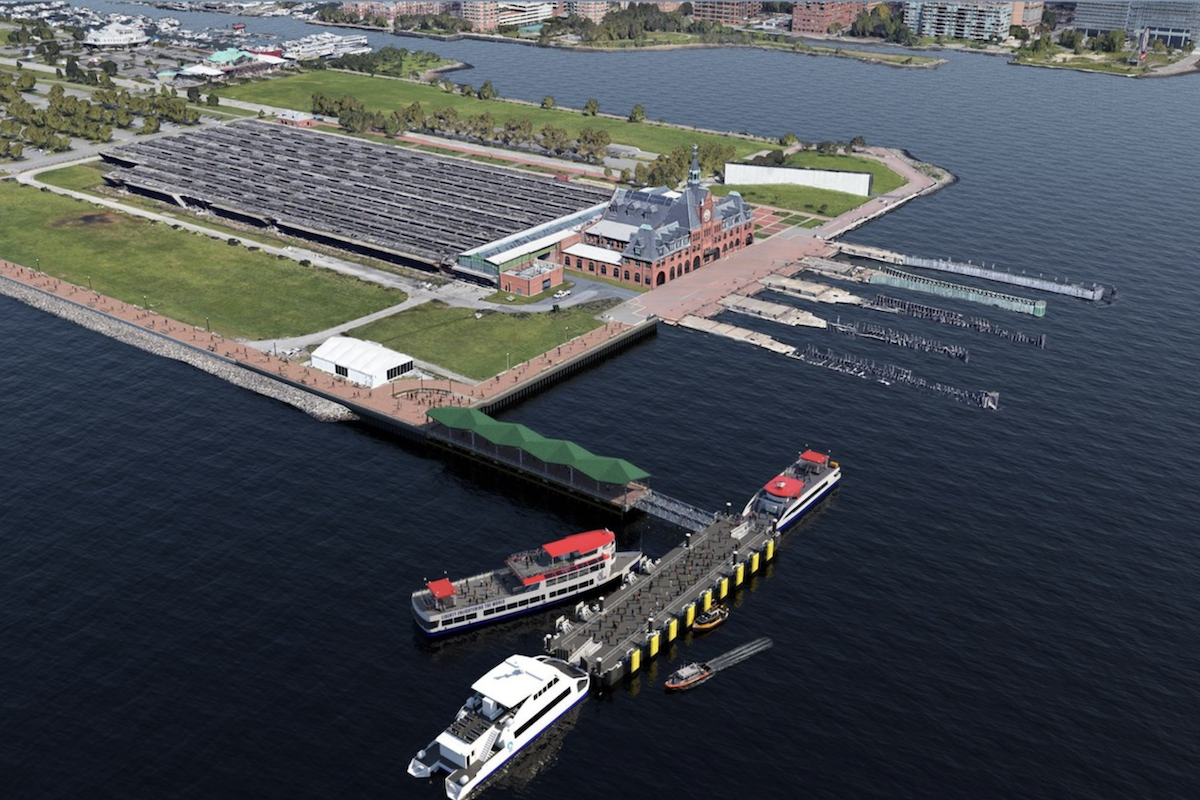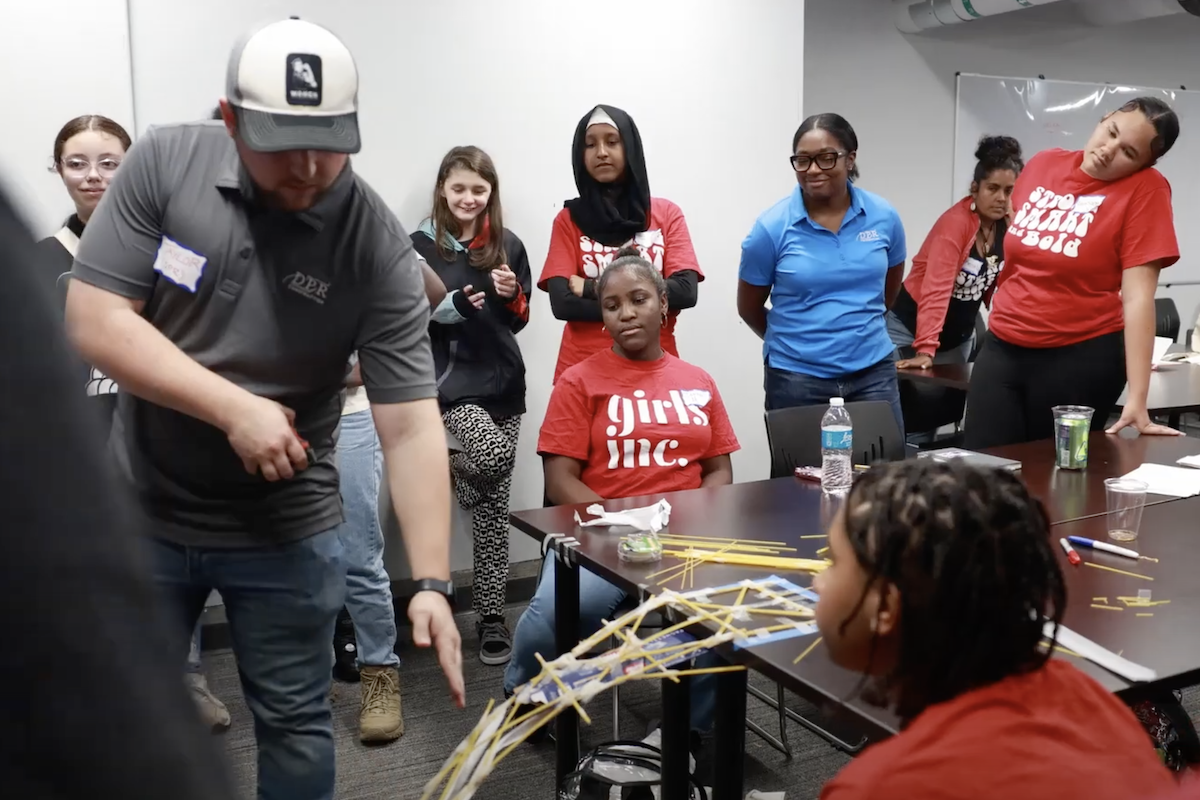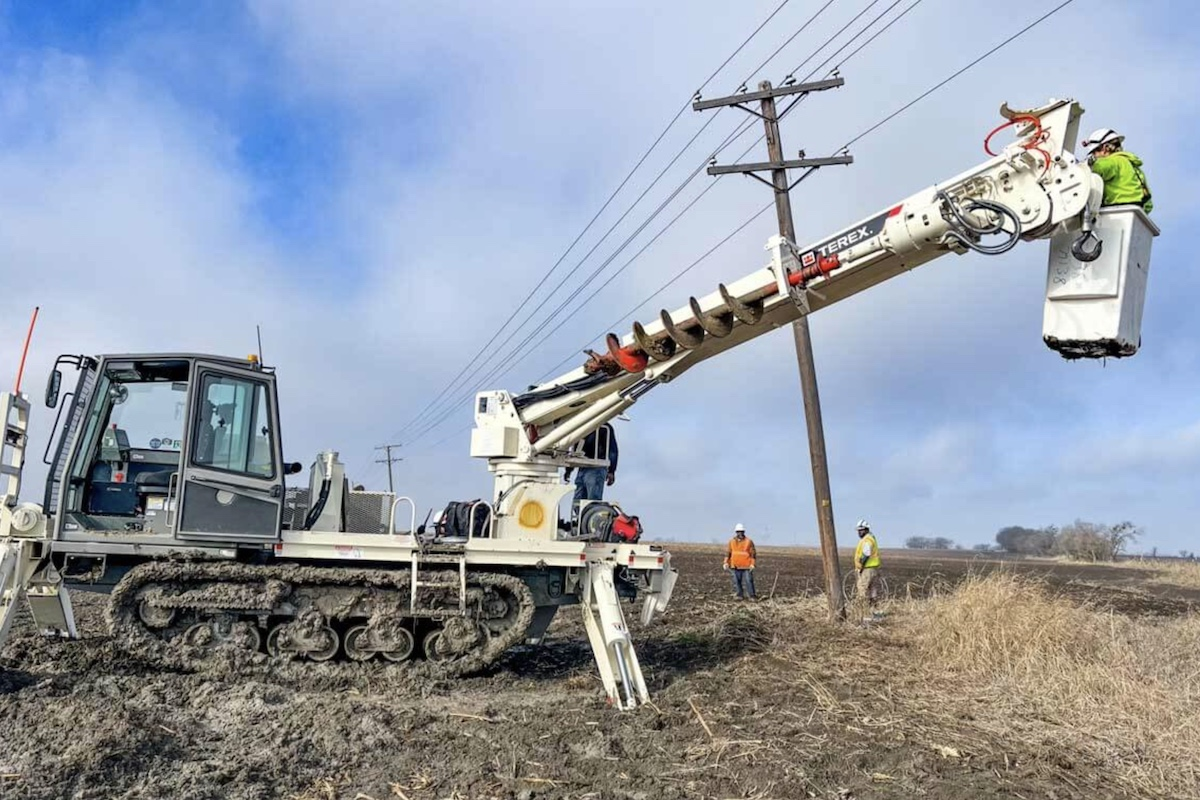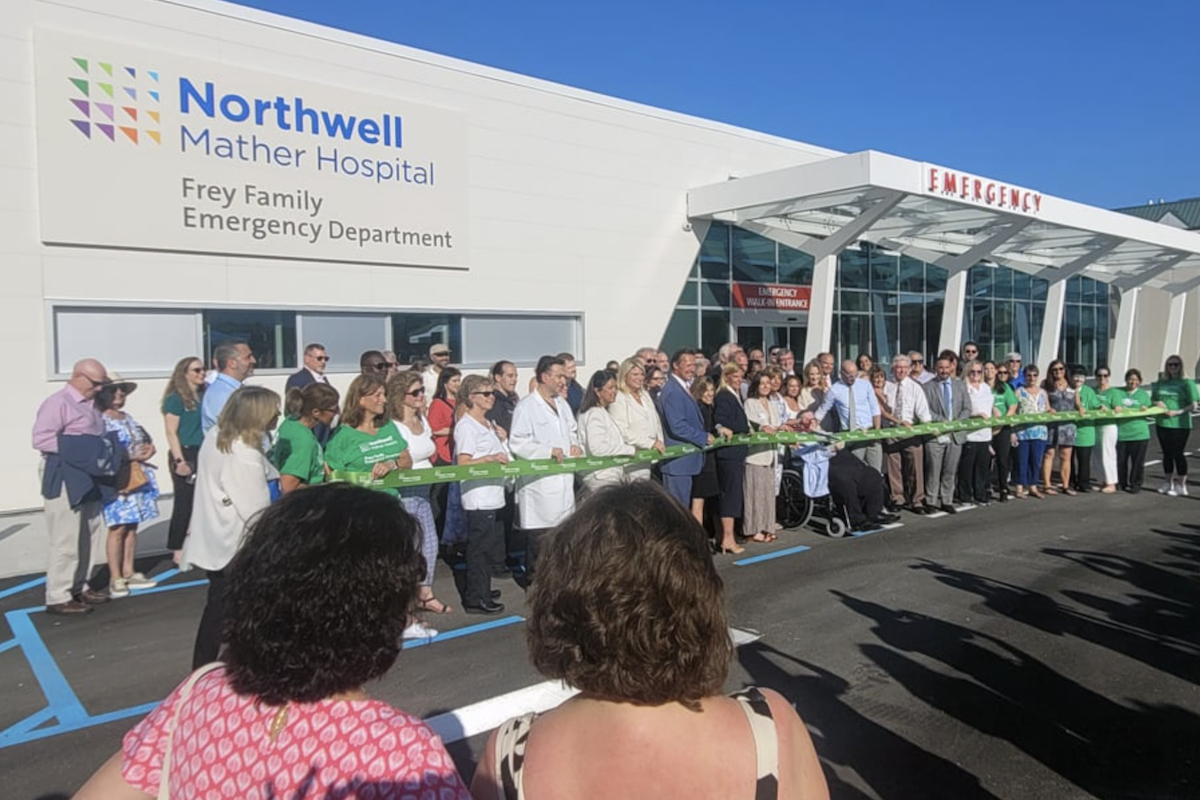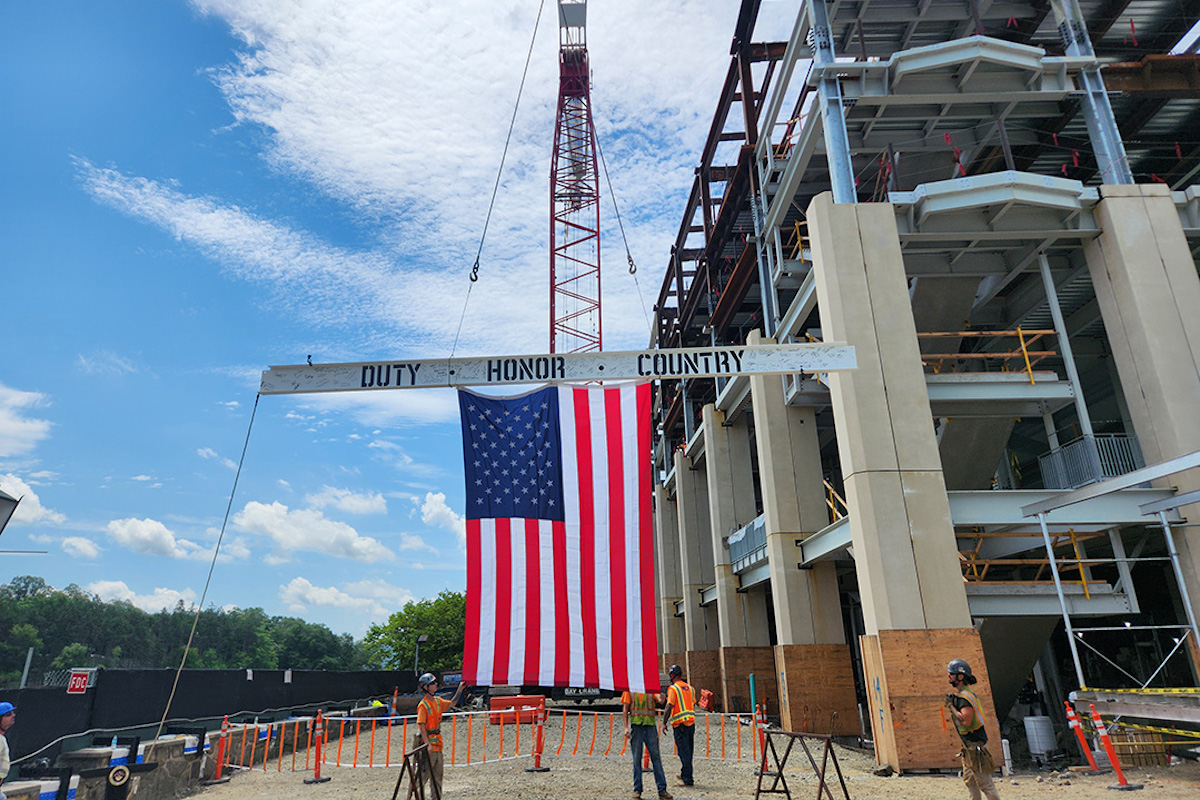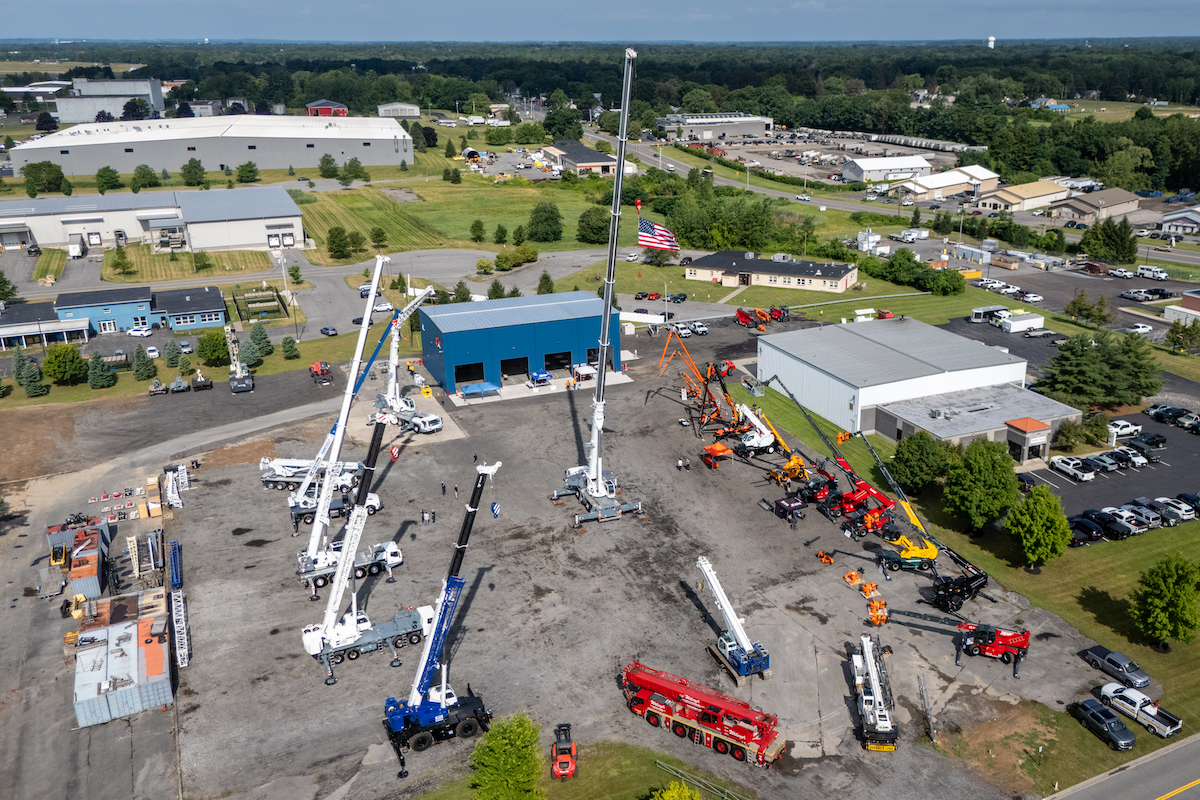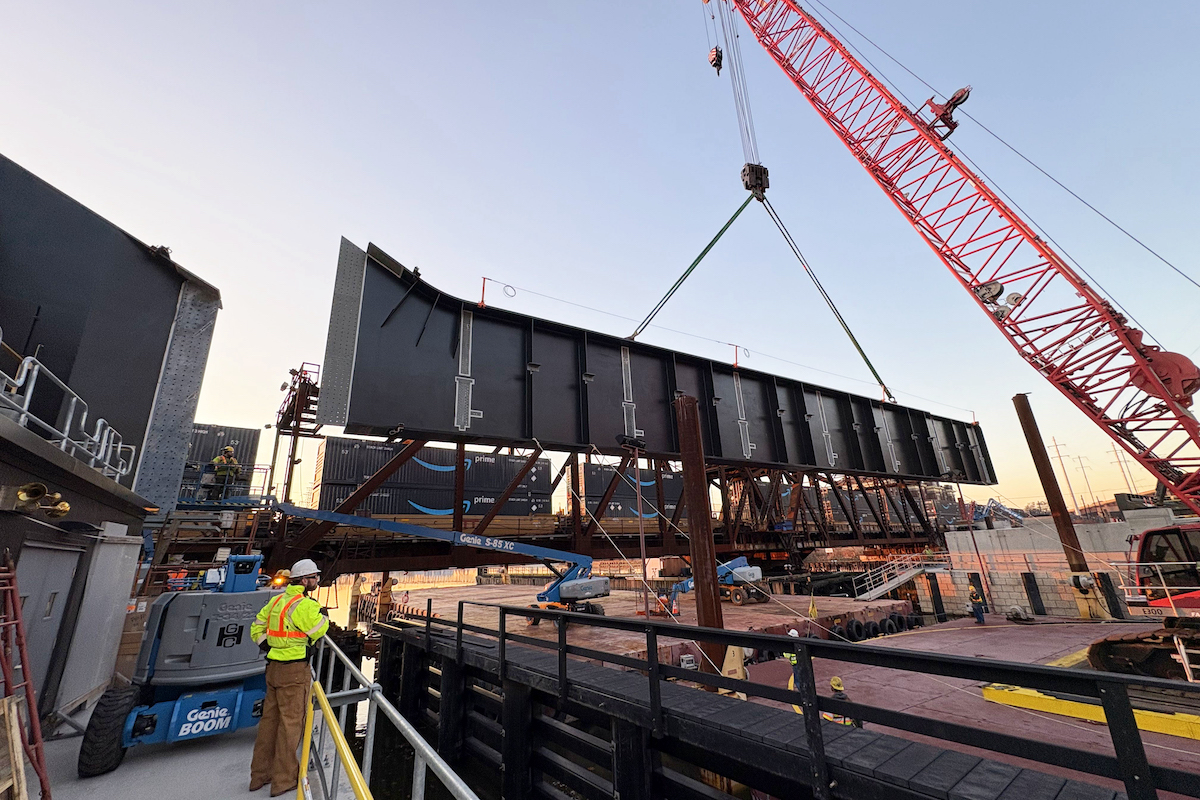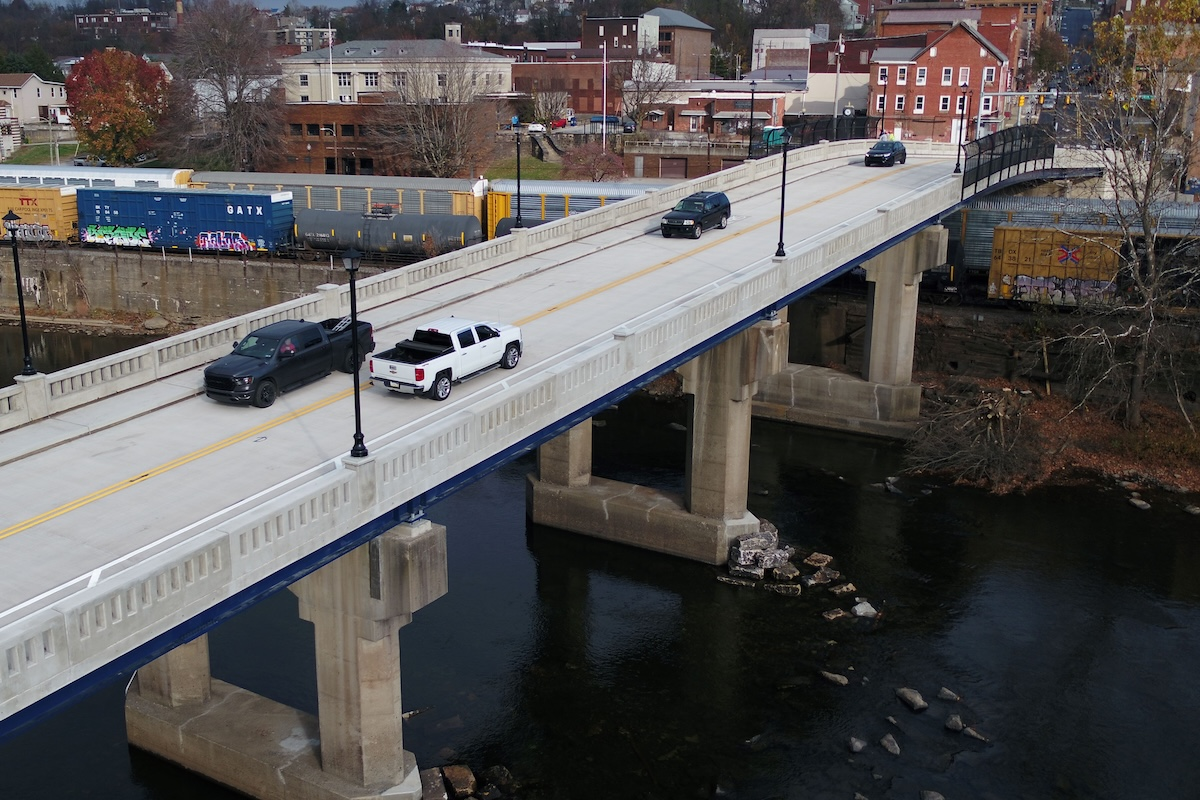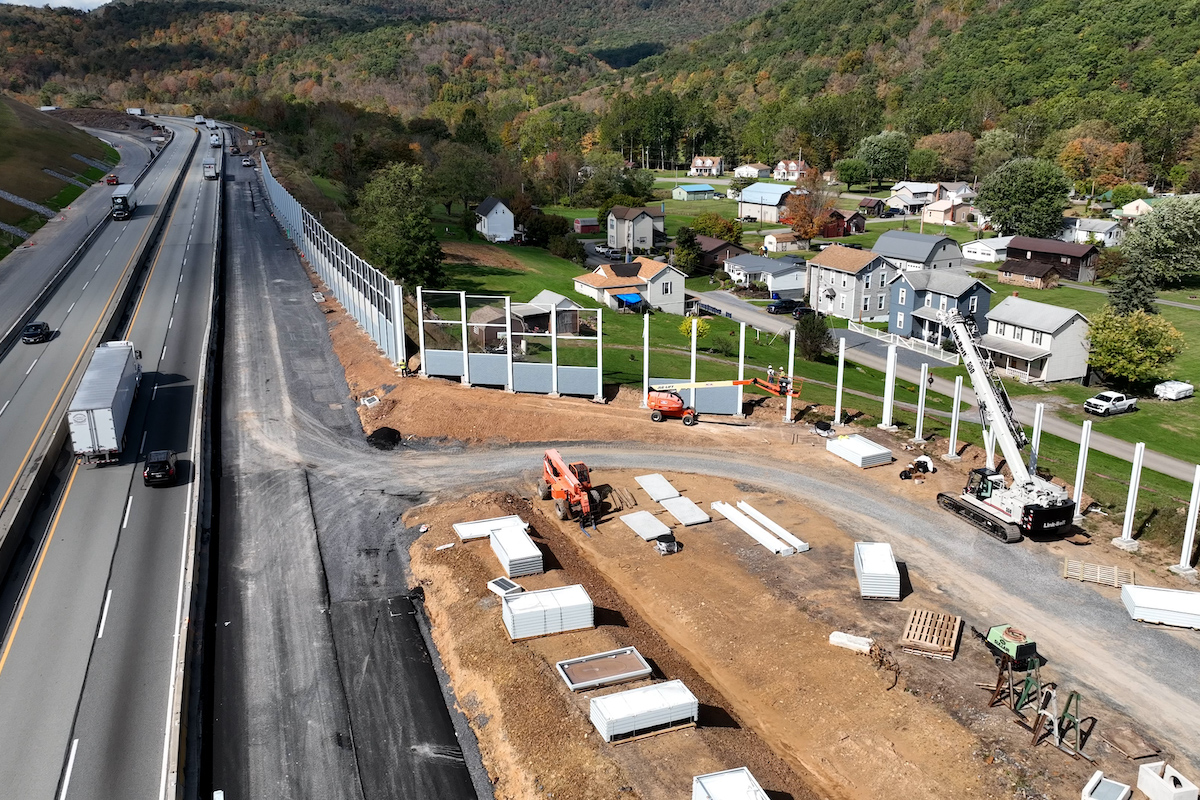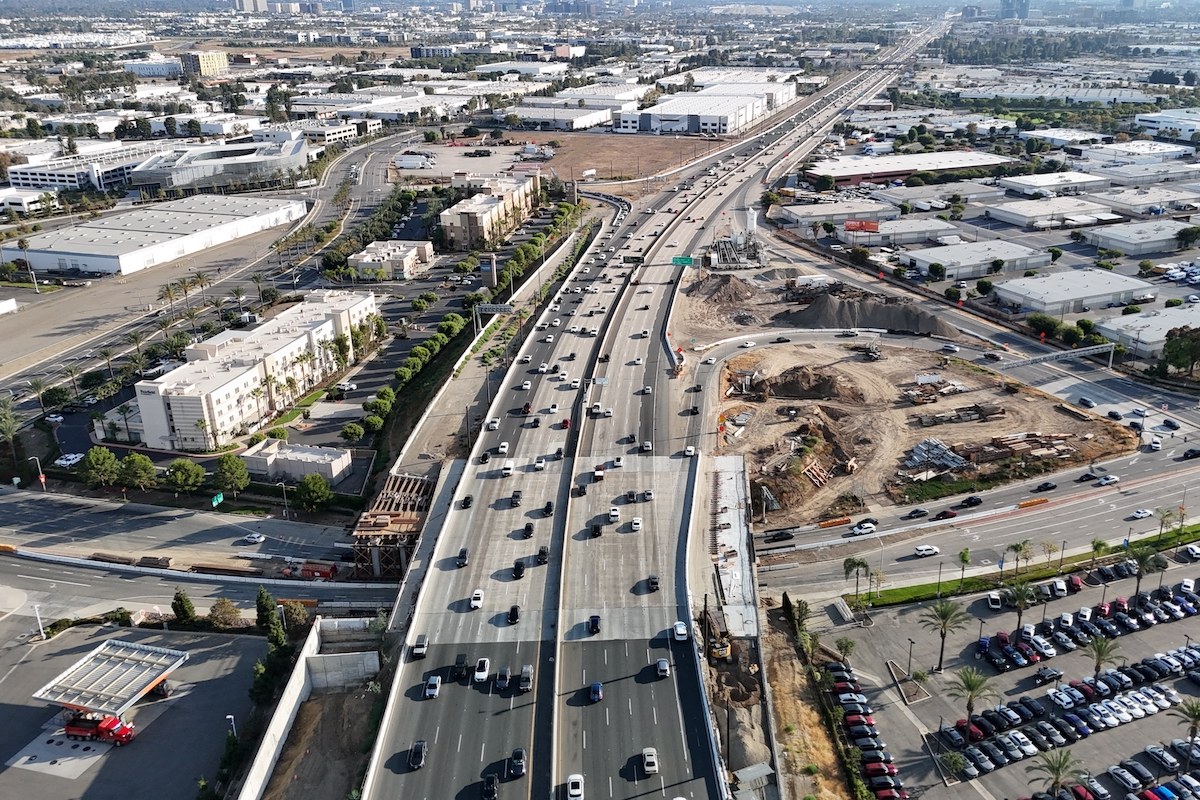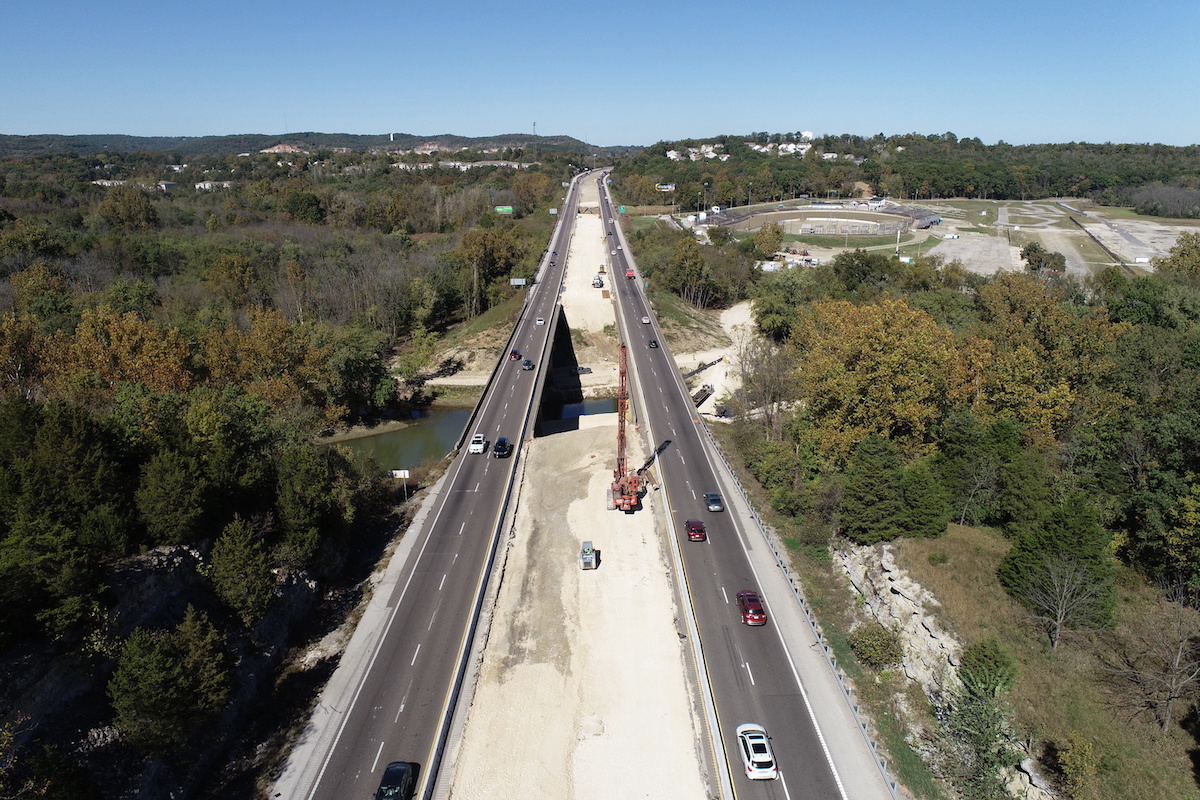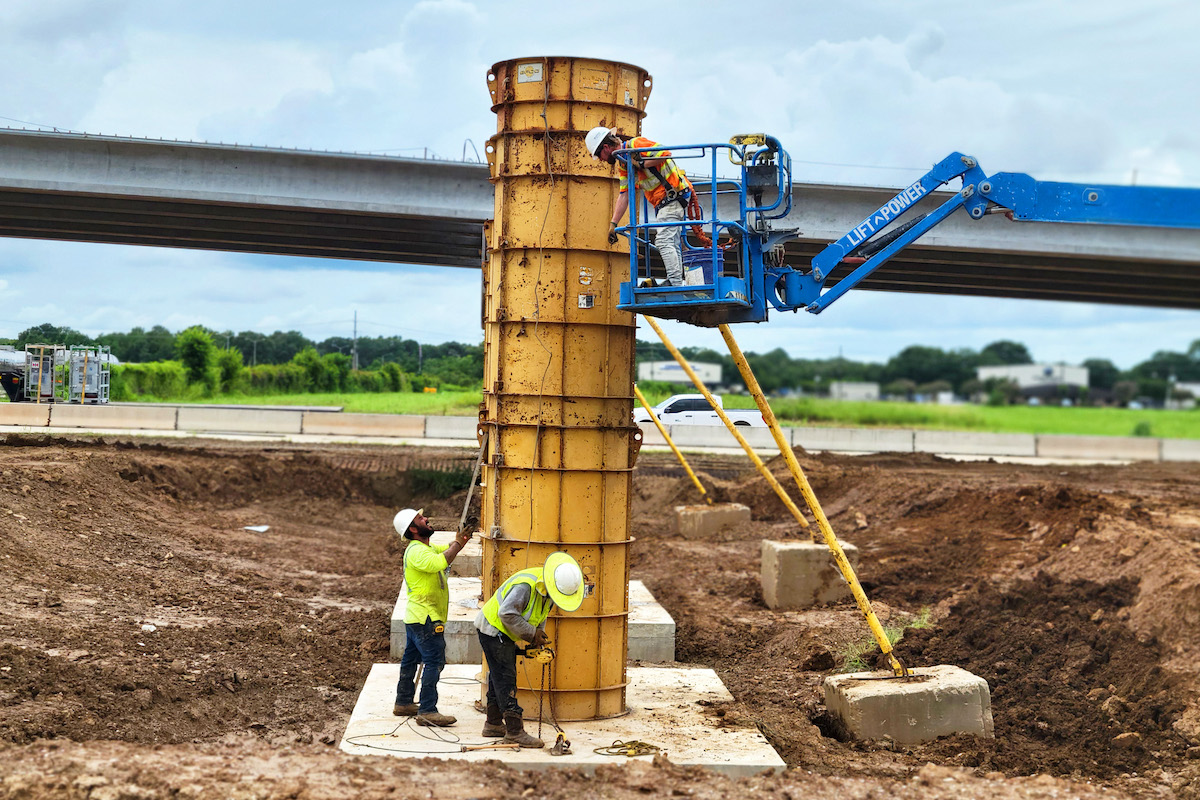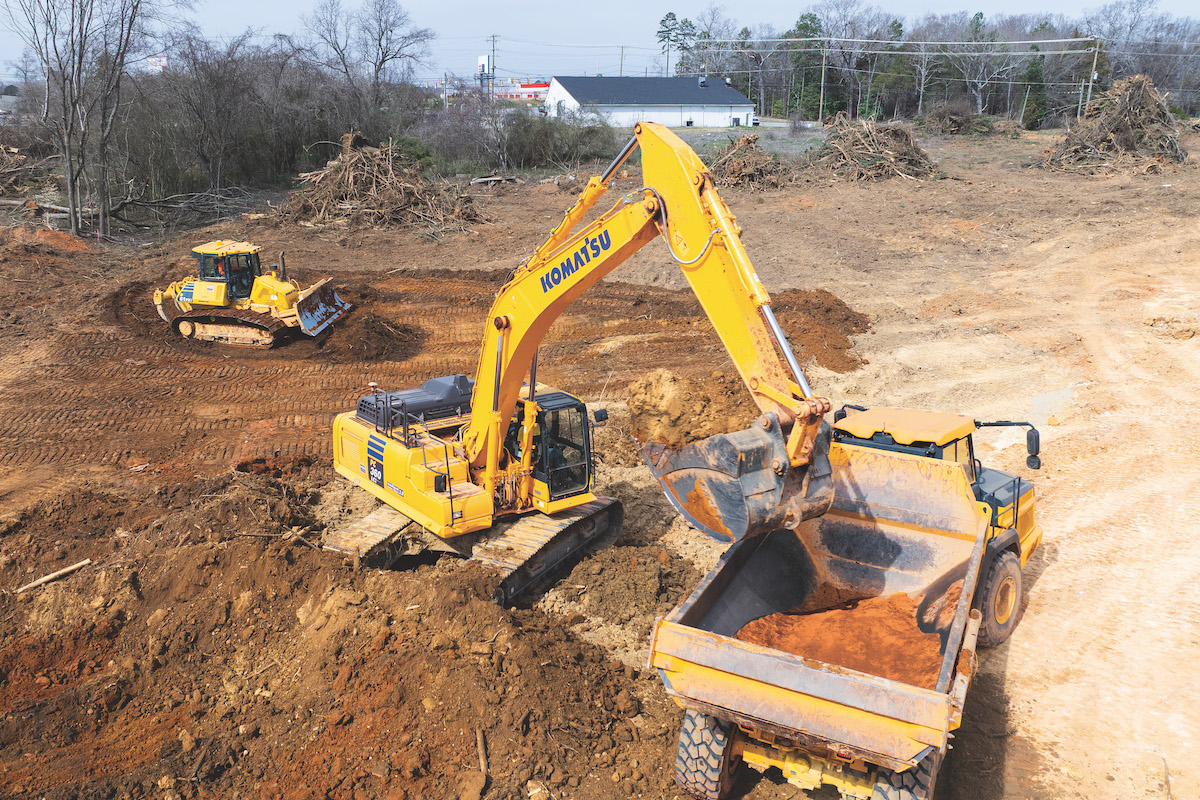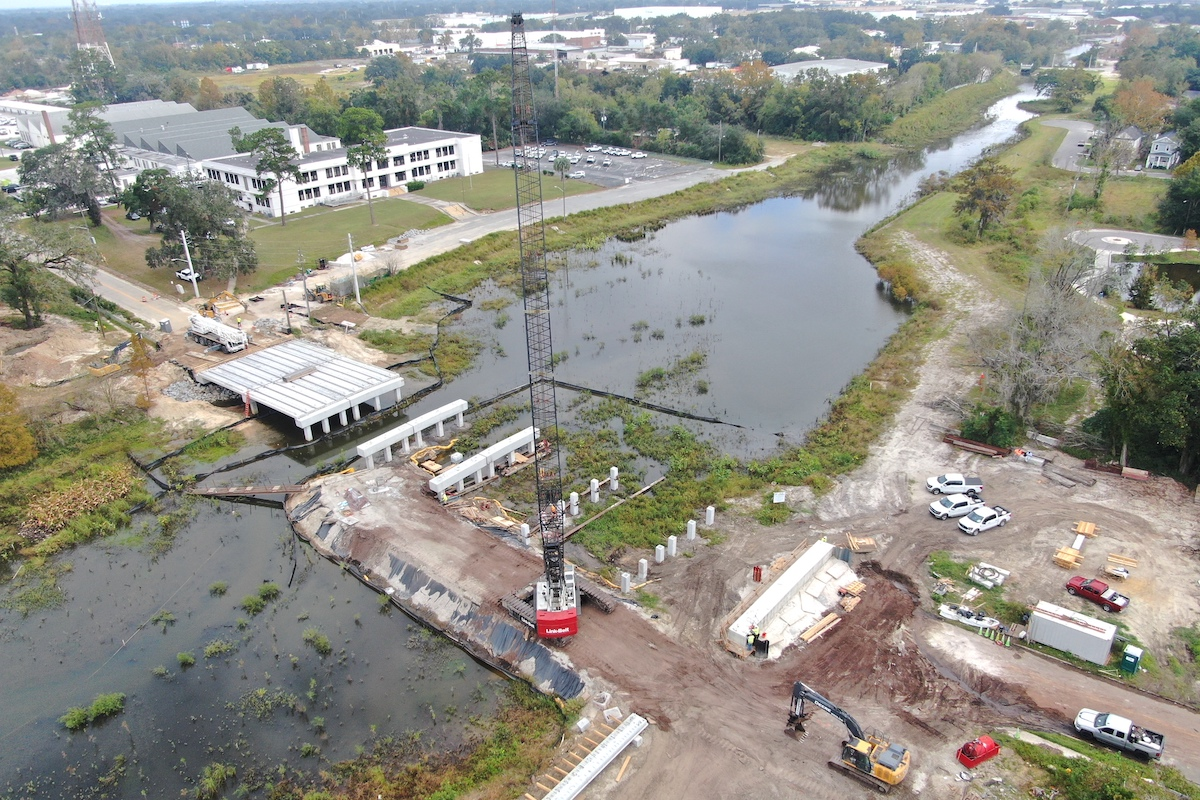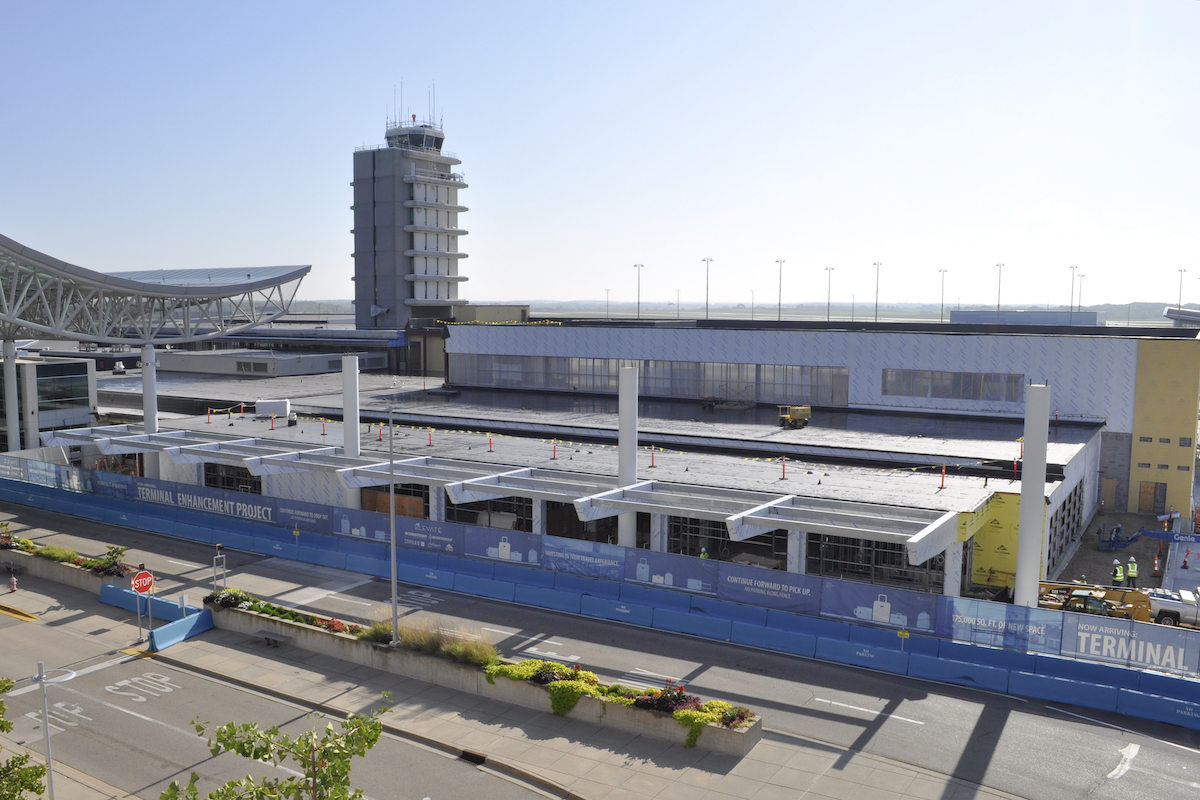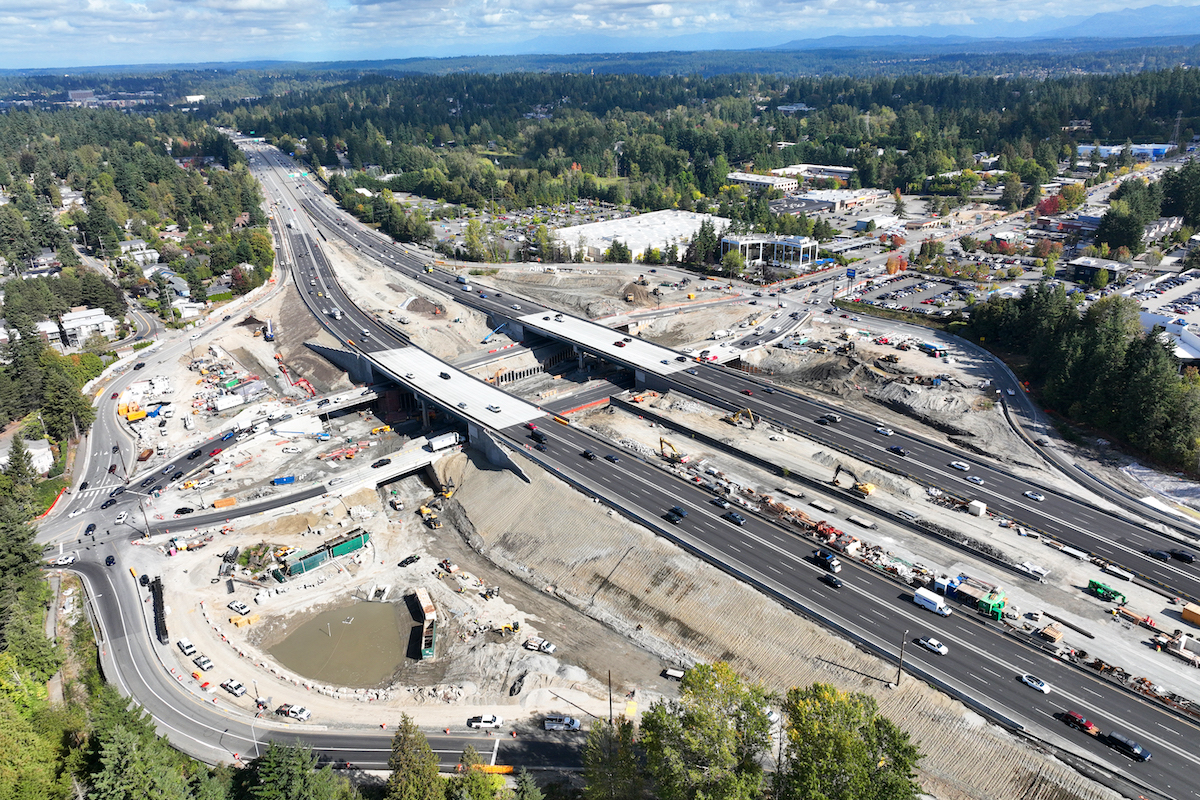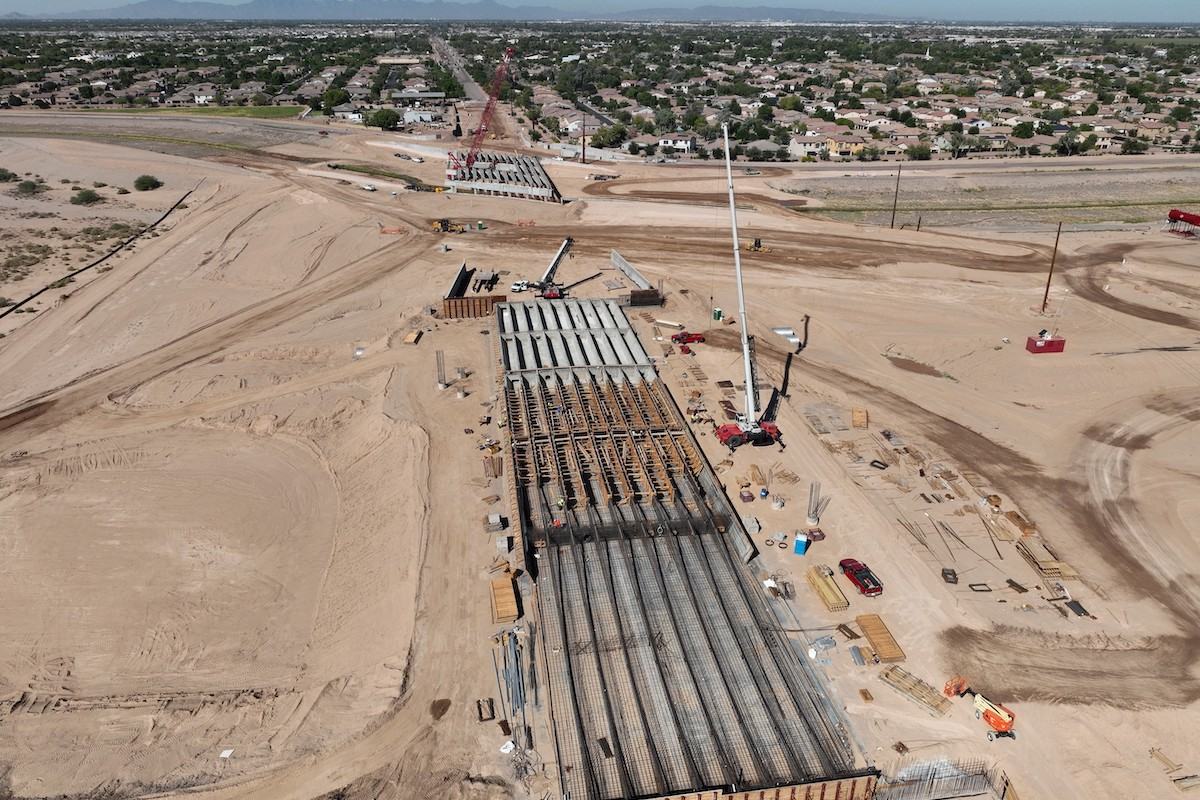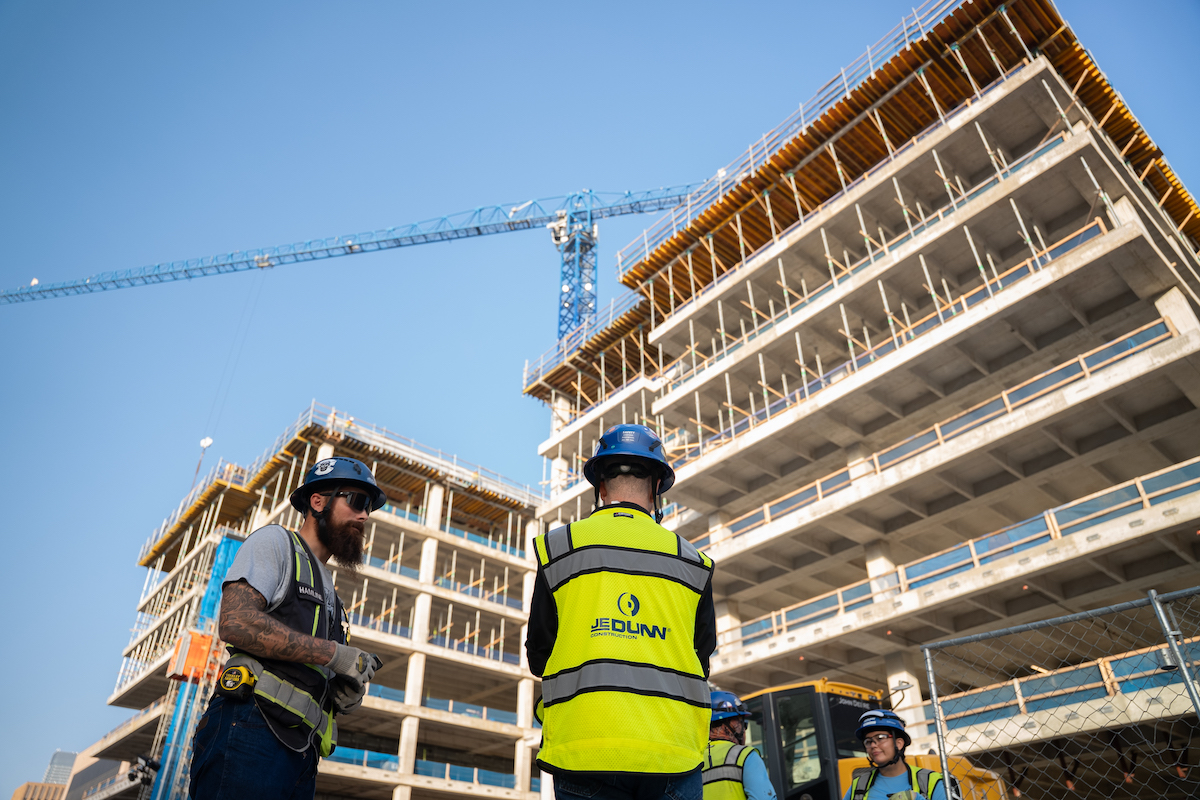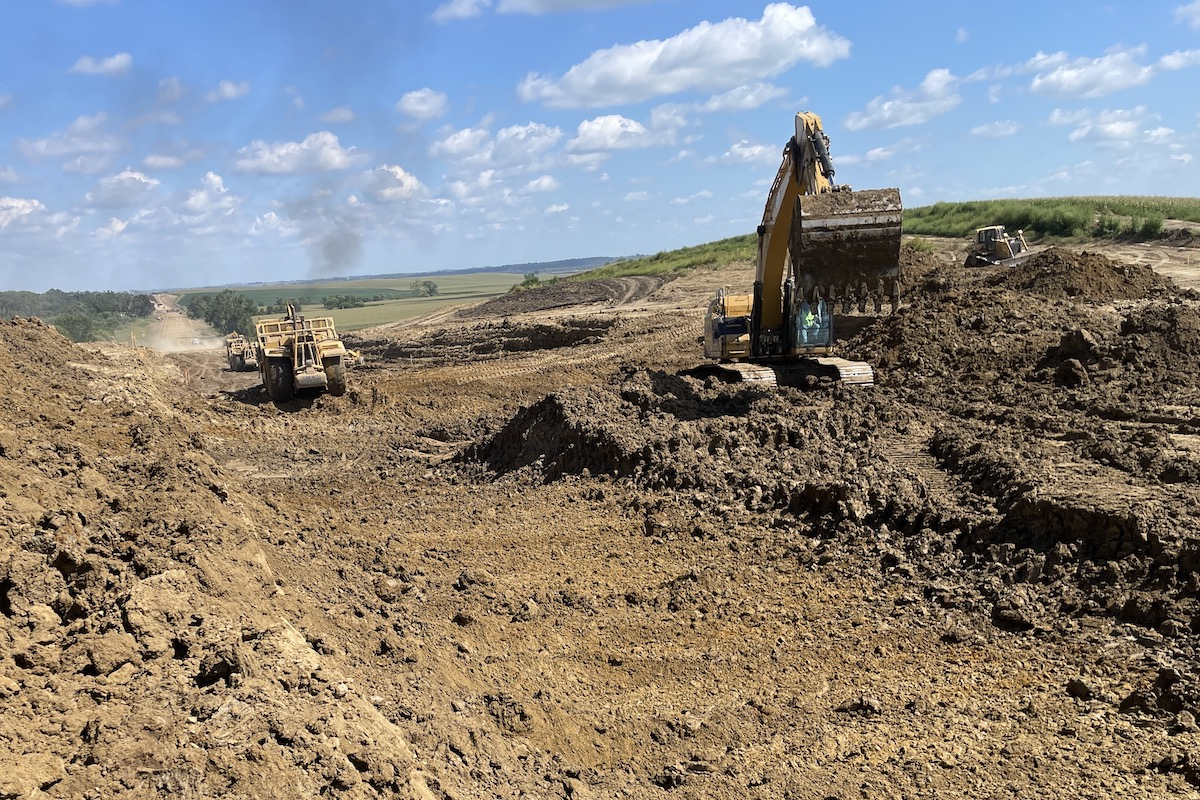ALBANY, NY — Roads and bridges that are deteriorated, congested, or lack some desirable safety features cost New York State motorists a total of $38 billion statewide annually — as much as $3,492 per driver in some urban areas — due to higher vehicle operating costs, traffic crashes, and congestion-related delays. A lack of adequate investment in transportation and increasing inflation in construction costs could hamper New York’s ability to make needed improvements to its transportation network, according to a new report released by TRIP, a Washington, D.C.-based national transportation research nonprofit.
The TRIP report, “New York Transportation by the Numbers: Providing a Modern, Sustainable Transportation System in the Empire State,” finds that throughout New York, nearly half of major locally and state-maintained roads are in poor or mediocre condition, 9 percent of locally and state-maintained bridges (20 feet or more in length) are rated poor/structurally deficient, traffic congestion is choking commuting and commerce, and the state’s traffic fatality rate has increased significantly since 2019. The TRIP report includes statewide and regional pavement and bridge conditions, congestion data, highway safety data, and cost breakdowns for the Albany-Schenectady-Troy, Binghamton, Buffalo-Niagara Falls, New York-Newark-Jersey City, Poughkeepsie-Newburgh-Middletown, Rochester, Syracuse, and Utica urban areas.
New York state drivers lose a total of $38 billion per year in the form of extra vehicle operating costs as a result of driving on roads in need of repair, lost time and fuel due to congestion-related delays, and the costs of traffic crashes in which the lack of adequate roadway safety features, while not the primary factor, likely were a contributing factor.
The TRIP report finds that due to inadequate state and local funding, 45 percent of major locally and state-owned roads and highways in New York are in poor or mediocre condition. Driving on rough roads costs the average New York driver $733 annually in additional vehicle operating costs — a total of $8.9 billion statewide.
Nine percent (1,664 of 17,642) of New York’s bridges are rated in poor/structurally deficient condition, the 10th highest share in the nation. Bridges that are rated poor/structurally deficient have significant deterioration of the bridge deck, supports, or other major components. Fifty-five percent of the state’s bridges are rated in fair condition, and the remaining 35 percent are in good condition.

| Your local Trimble Construction Division dealer |
|---|
| SITECH Allegheny |
| SITECH Northeast |
Congested roads choke commuting and commerce and cost New York drivers $17.9 billion each year in the form of lost time and wasted fuel. Due to the COVID-19 pandemic, vehicle travel in New York dropped by as much as 45 percent in April 2020 (as compared to vehicle travel during the same month the previous year). By 2024, vehicle miles of travel in New York had rebounded to 7 percent below 2019’s pre-pandemic levels. The New York State Department of Transportation (NYSDOT) estimates that vehicle travel in New York will increase by 23 percent by 2040.
Traffic crashes in New York claimed the lives of 5,375 people between 2019 and 2023. The financial impact of traffic crashes in which the lack of adequate roadway safety features, while not the primary factor, were likely a contributing factor, was $11.2 billion statewide. Nationwide, traffic fatalities began to increase dramatically in 2020 even as vehicle travel rates plummeted due to the COVID-19 pandemic, and the number of fatalities continued to increase in 2021. The number of fatalities in New York increased 19 percent from 2019 to 2023, from 934 to 1,111, while the state’s fatality rate per 100 million vehicle miles of travel increased 29 percent between 2019 and 2023, from 0.75 to 0.97.
Improvements to New York’s roads, highways, and bridges are funded by local, state, and federal governments. From 2022 to 2023, capital investment by NYSDOT in locally and state-owned road and highway pavements dropped 29 percent, while investment in locally and state-owned bridges dropped by 20 percent. In addition to state transportation funding, the Infrastructure Investment and Jobs Act, signed into law on November 2021, will provide $13.5 billion in federal funds to the state for highway and bridge investments in New York over five years, representing a 52 percent increase in annual federal funding for roads and bridges in the state over the previous federal surface transportation program. Federal funds currently support 40 percent of the revenue used by NYSDOT to fund highway and bridge improvements.
The ability of revenue from New York’s motor fuel tax — a critical source of state transportation funds — to keep pace with the state’s future transportation needs is likely to erode as a result of increasing vehicle fuel efficiency, the increasing use of electric vehicles, and inflation in highway construction costs. The Federal Highway Administration’s national highway construction cost index, which measures labor and materials cost, increased by 46 percent from the beginning of 2022 through the first quarter of 2024.

| Your local Trimble Construction Division dealer |
|---|
| SITECH Allegheny |
| SITECH Northeast |
The efficiency and condition of New York’s transportation system, particularly its highways, is critical to the health of the state’s economy. In 2022 New York’s freight system moved 743 million tons of freight, valued at $1.3 trillion. From 2022 to 2050, freight moved annually in New York by trucks is expected to increase 66 percent by weight and 94 percent by value (inflation-adjusted dollars). The design, construction, and maintenance of transportation infrastructure in New York supports approximately 319,000 full-time jobs across all sectors of the state economy. Approximately 3.5 million full-time jobs in New York in key industries like tourism, retail sales, agriculture, and manufacturing are dependent on the quality, safety, and reliability of the state’s transportation infrastructure network.
“New York’s transportation dollars are already being stretched thin by increased inflation in construction costs, and declining capital investments in the state and local transportation networks will make it harder to complete needed improvements,” said Dave Kearby, TRIP’s Executive Director. “It will be critical that the state adequately invest in its transportation network in order to provide a system that is smooth, safe, and efficient.”





